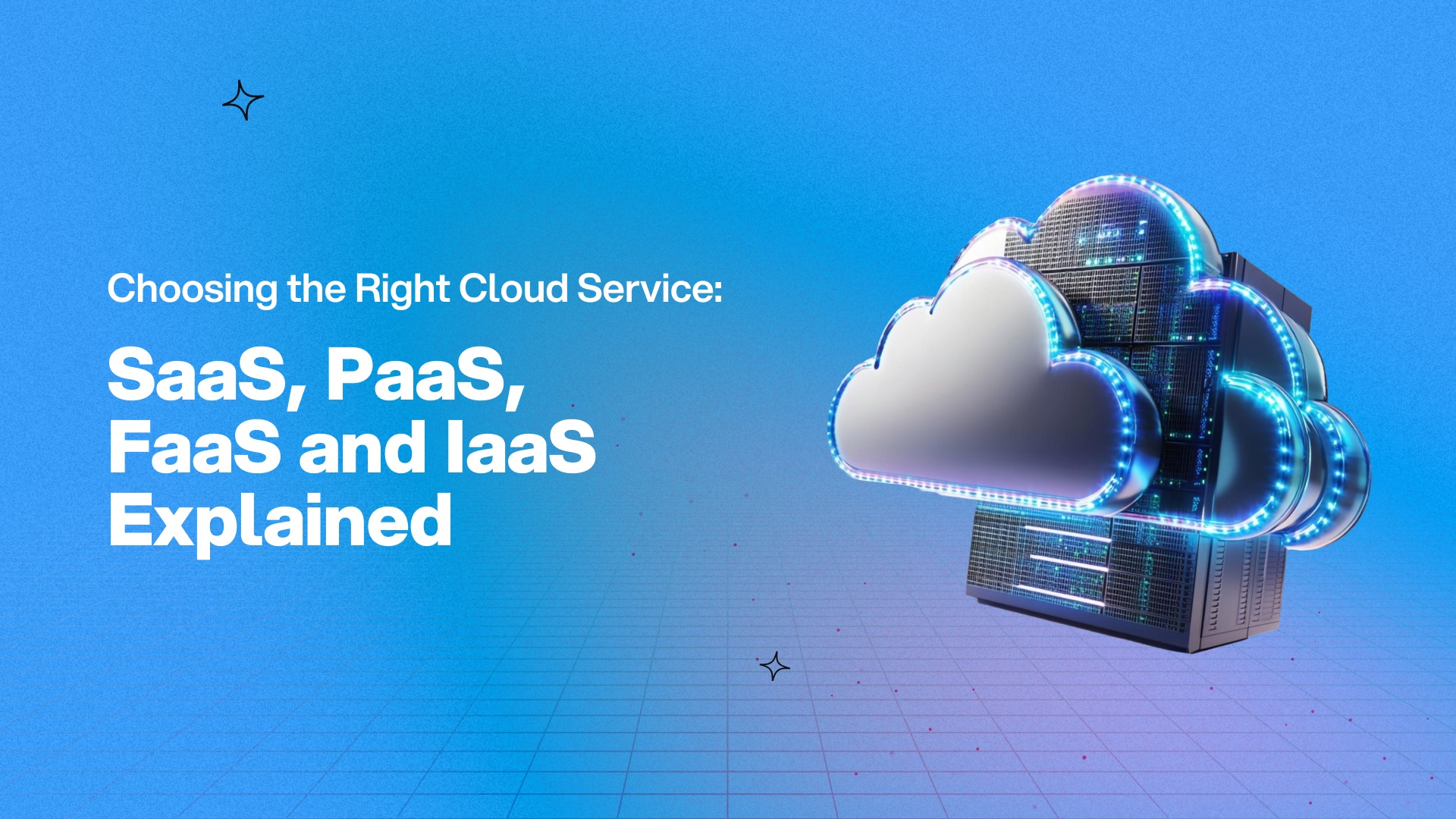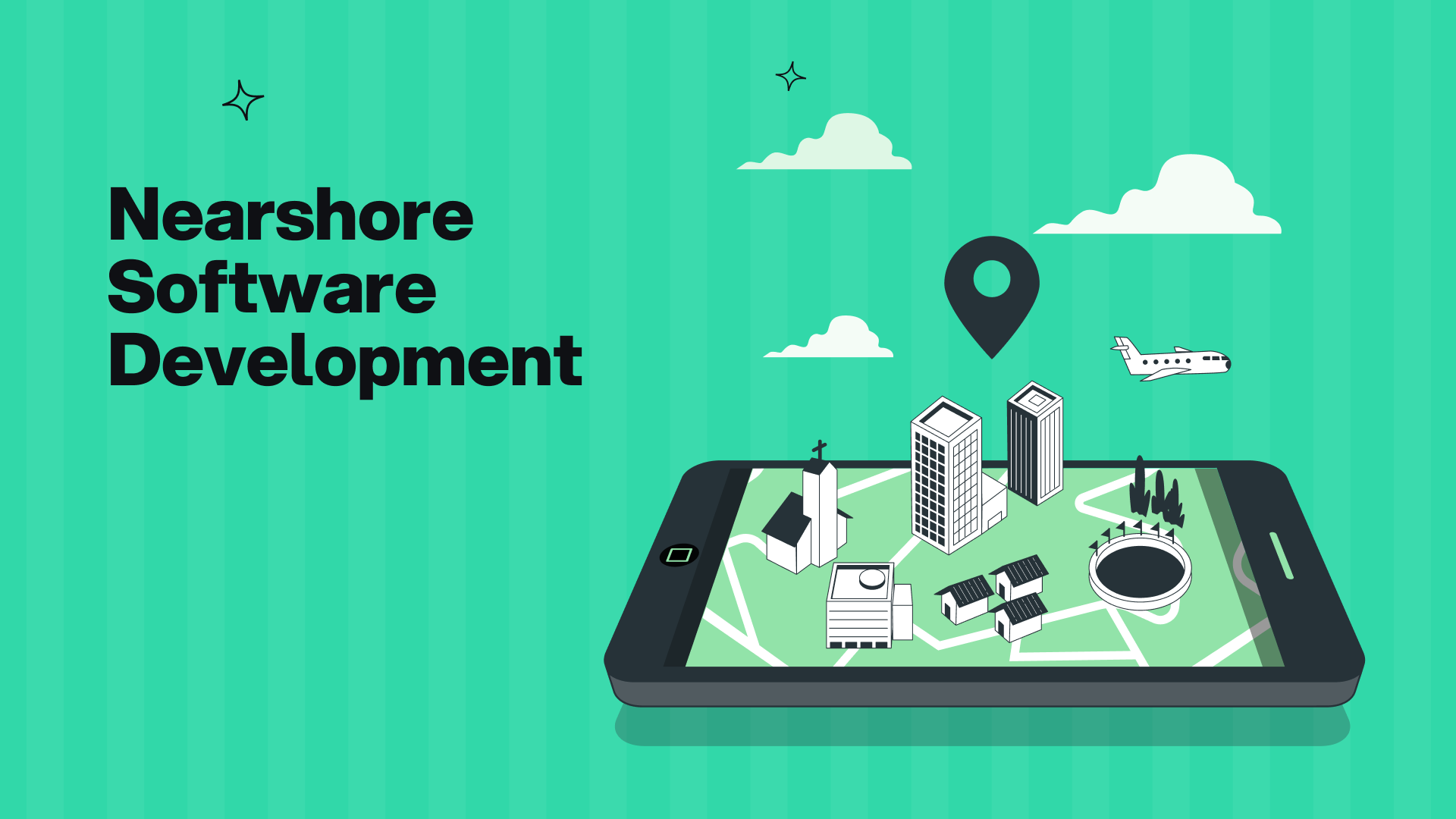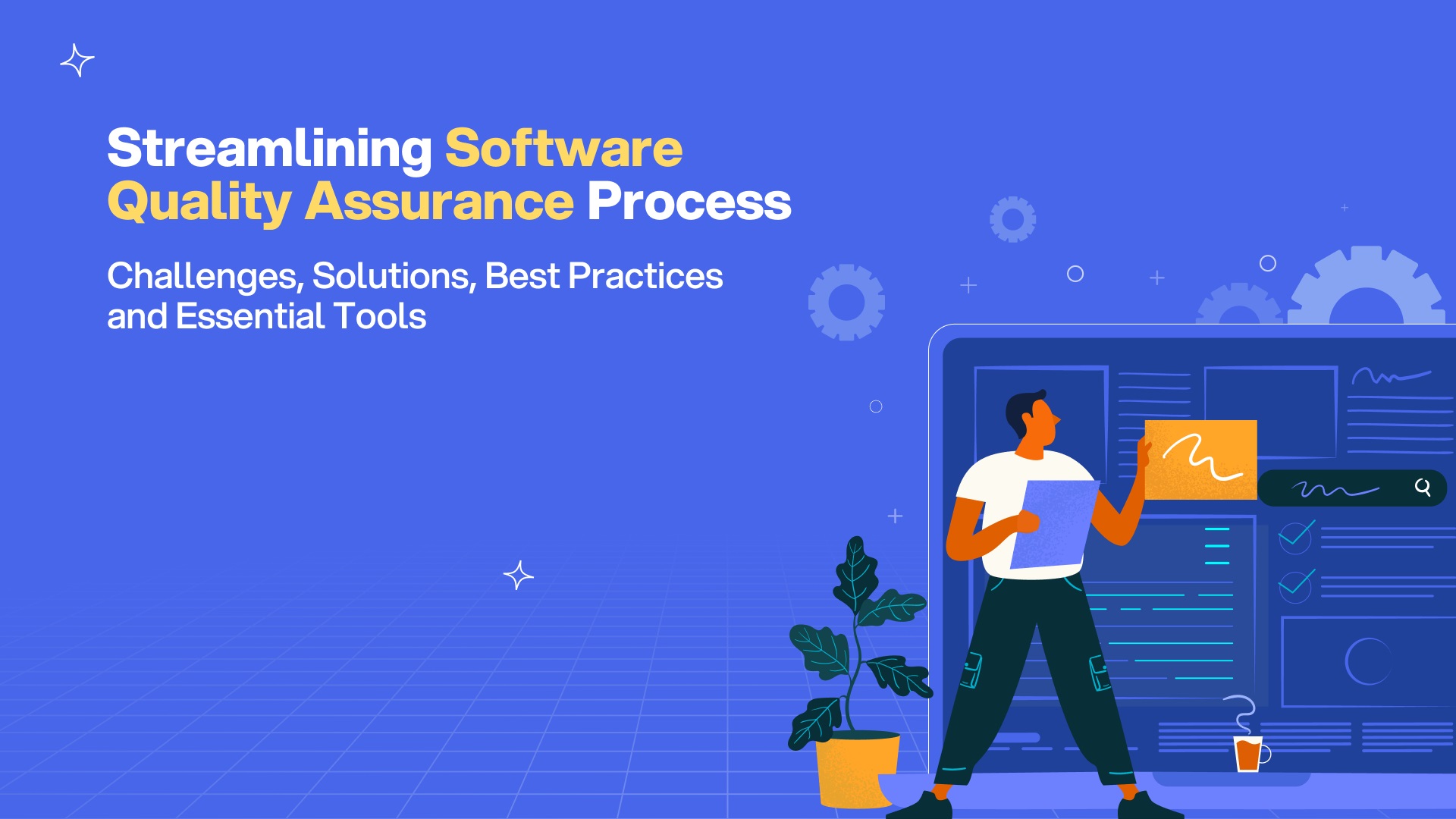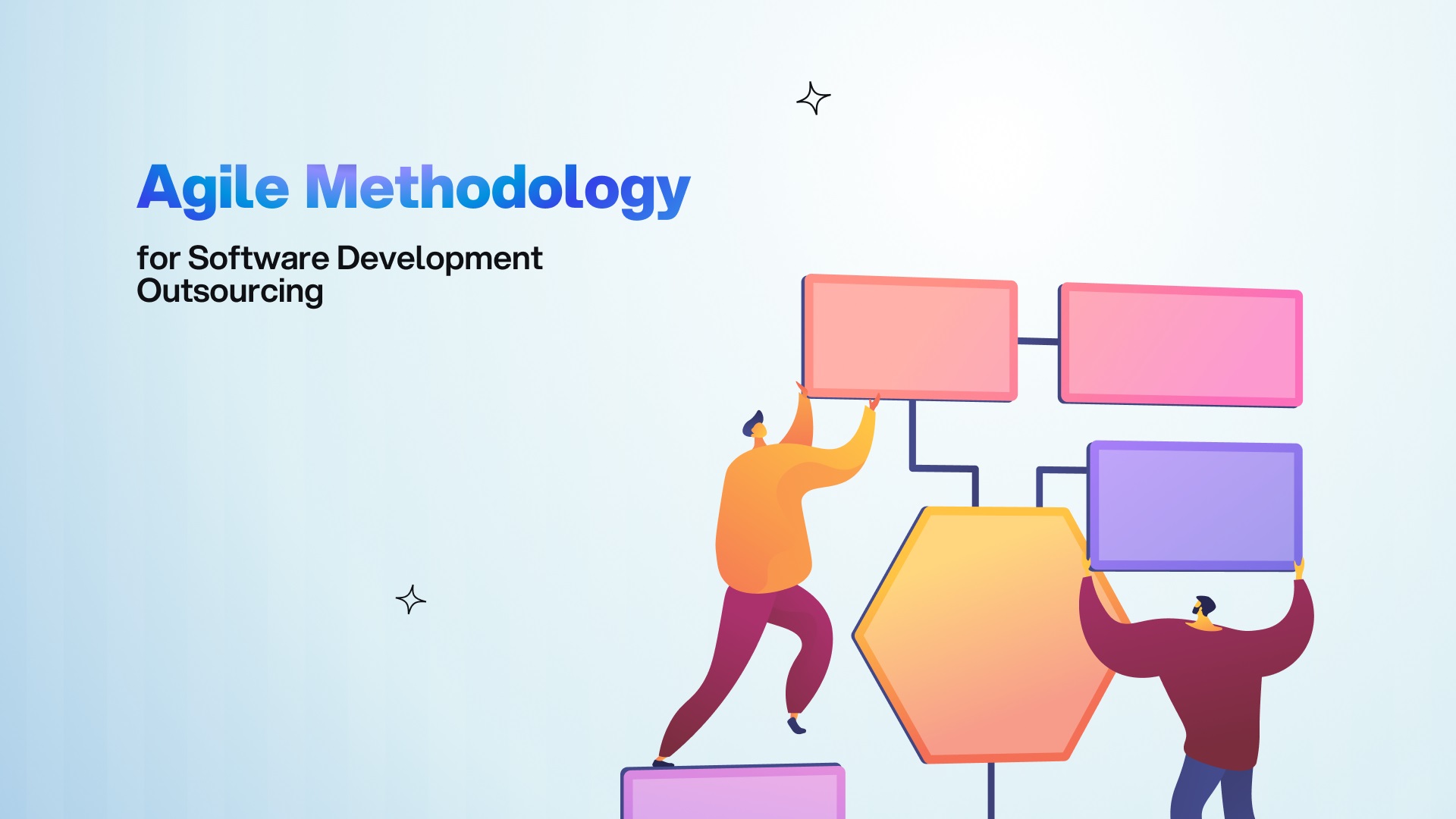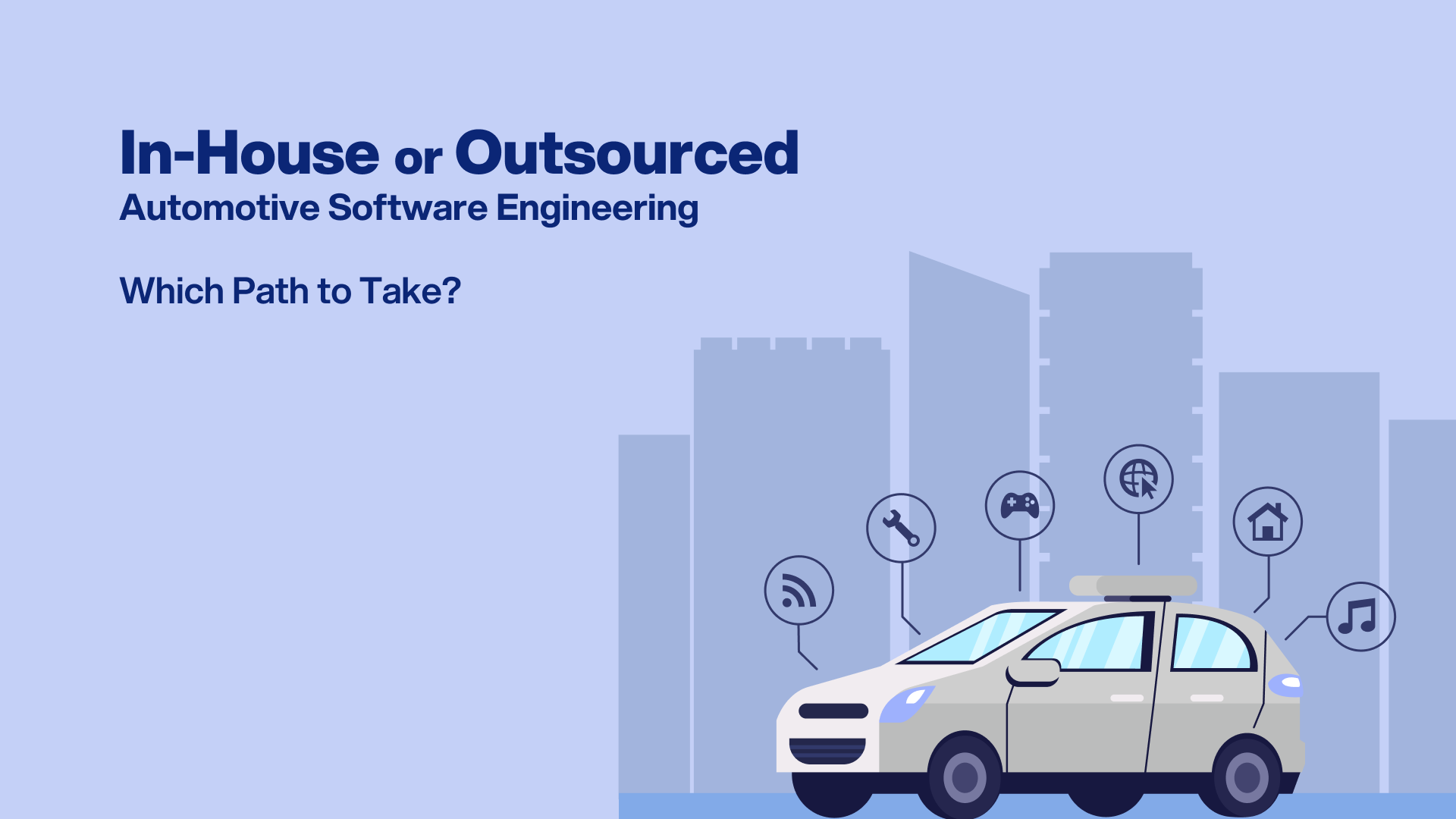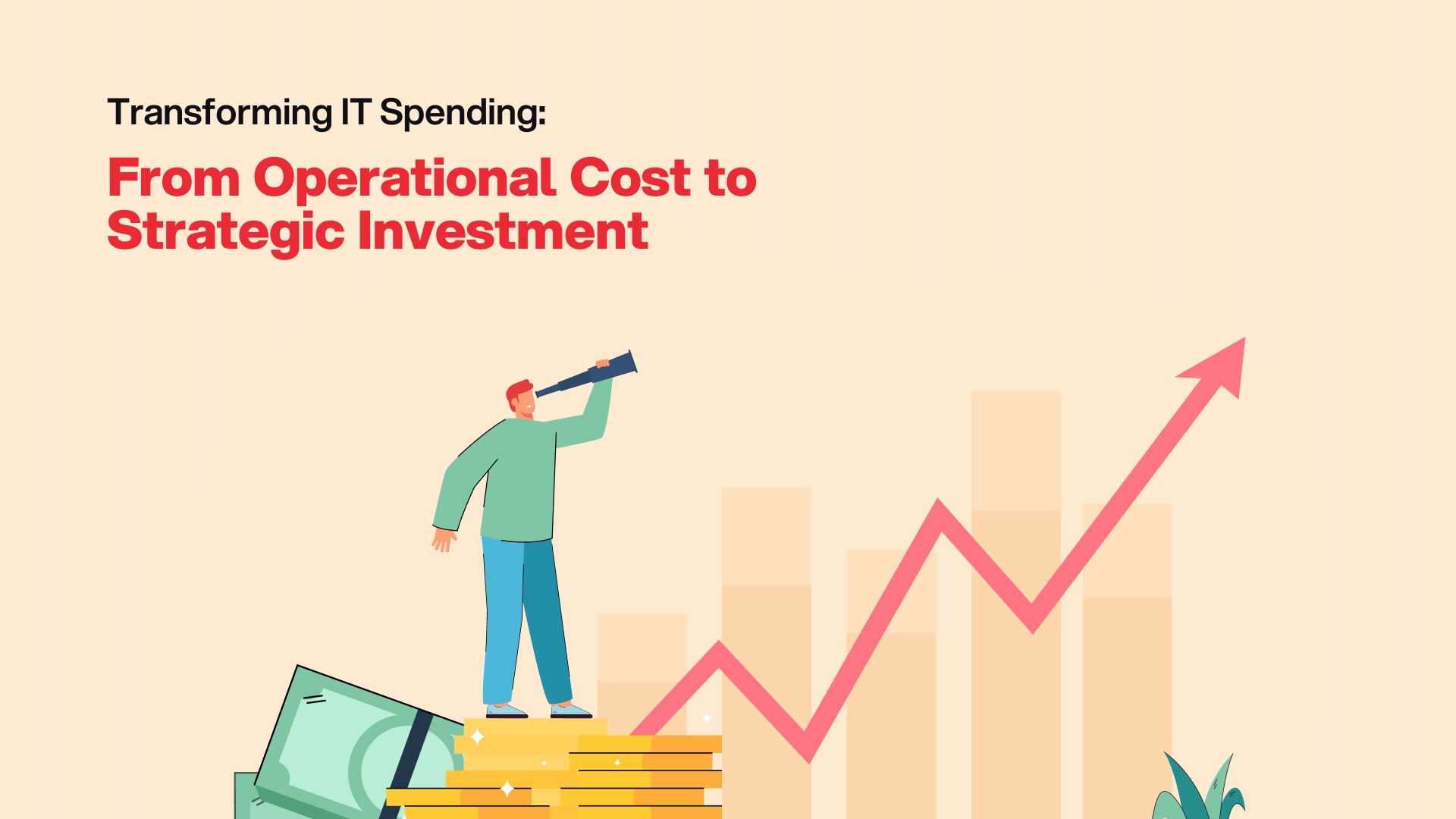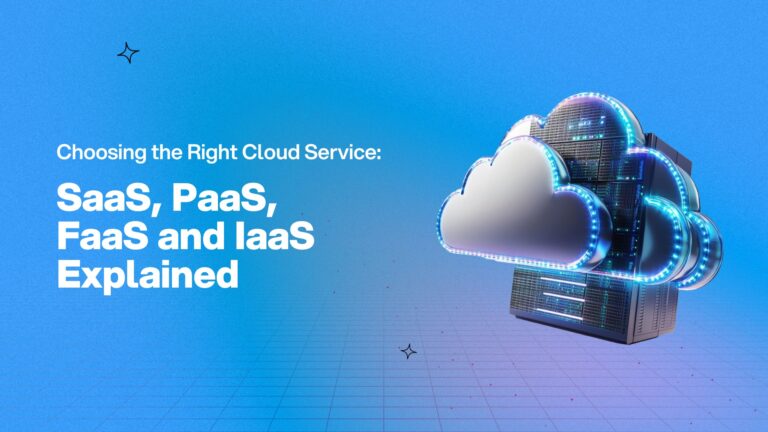
Contents
Back in 2016, when Netflix hit the limits of its physical data centers, it faced a massive challenge. Scale globally or fall behind. Netflix chose the former and migrated to AWS. This decision didn’t just upgrade its product offering, but reinvented it. Moving to AWS gave it the elasticity to stream for 200+ million users without buffering the business. That wasn’t just an infrastructure shift, it was a cloud strategy that changed how the company scaled, served, and succeeded. As of 2025, Netflix has more than 300 million users. So, what turned this challenge into an opportunity? Choosing the right cloud model. For tech execs, it is more than infrastructure; it is a core lever for growth, agility, and ROI.
If you are outsourcing dev or QA functions, your cloud model isn’t just a backend decision; it’s your foundation. The right one can accelerate delivery, cut costs, and build a resilient system. Let’s break down the major cloud models with real use cases, red flags, and a decision framework so that your company can scale without surprises.
Why Cloud Strategy Now Lives at the Core of Outsourcing
Outsourcing today is cloud-powered. Whether you are onboarding a nearshore team or shipping an MVP with a partner in Poland, five important aspects of your business depend on your cloud stack. Here’s a breakdown:
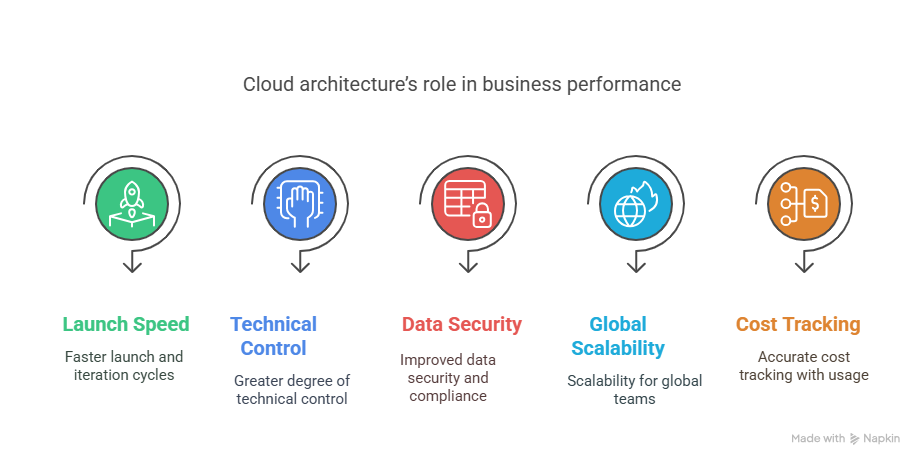
Your cloud architecture is the foundation of your outsourcing strategy. It directly impacts how quickly you can deploy new solutions, how much control you retain over your stack, and how securely you handle compliance-sensitive data. It also determines your ability to scale across teams. Spotify is a good example of this. When their legacy infrastructure couldn’t keep up with growing demand, they switched to a hybrid cloud model, using Google Cloud alongside their on-premises solutions. This move solved their performance issues. It also empowered over 100 agile teams to innovate faster, manage 20,000+ daily tasks, and deliver personalized content to over 200 million users. It is a perfect illustration of how a well-architected cloud strategy can support scalable, efficient outsourcing.
Cloud Models Overview
To match your outsourcing strategy to the right cloud infrastructure, it’s essential to understand the core trade-offs between the four primary cloud models. Each of them offers a distinct balance of control, flexibility, operational overhead, and vendor lock-in. The illustration below maps these models along a spectrum, from fully managed to self-managed environments.
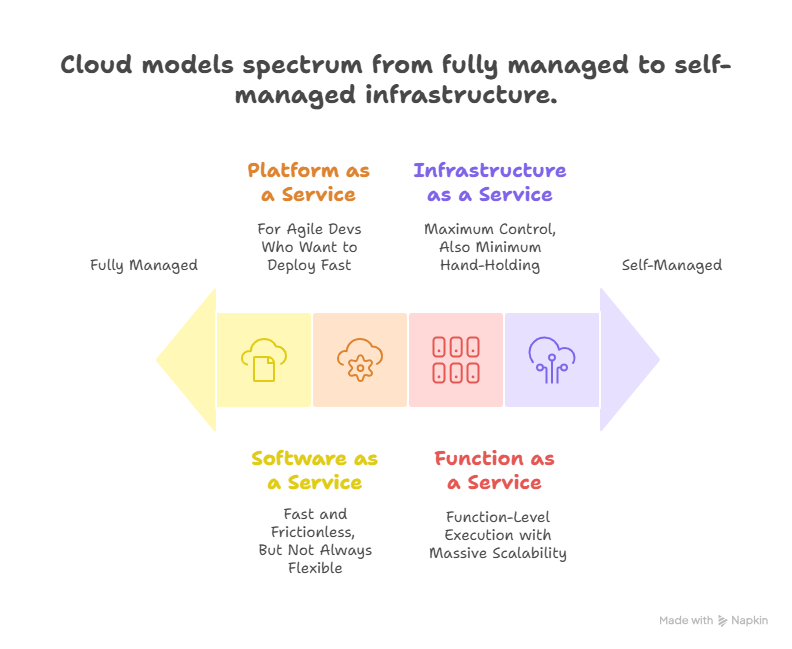
On one end of the cloud models spectrum, SaaS and PaaS offer fully managed environments that minimize operational overhead. These are ideal for teams prioritizing speed and simplicity. On the other end, IaaS and FaaS provide deeper control and scalability. However, these demand greater effort in configuration, monitoring, and security. Each model supports different outsourcing scenarios. They range from fast iteration for agile development (PaaS), event-driven scaling (FaaS), to full-stack customization (IaaS). Knowing where each option sits on this spectrum allows tech leaders to make informed decisions based on team maturity, regulatory constraints, and the strategic goals of their outsourcing partnerships.
Here’s a closer look at how each cloud model stacks up. The table breaks down the key advantages, limitations, and best-fit scenarios to guide your outsourcing strategy:
Now that we’ve compared the trade-offs between cloud models, we should see how leading tech companies put these choices into practice. Here is a technical overview of the Netflix and Spotify case studies:
Netflix: IaaS + FaaS for Global Scale and Infrastructure Control
Chosen stack: AWS EC2, S3, RDS, CloudFront (IaaS) + AWS Lambda (FaaS)
Reason: Full control for high availability, global edge delivery, and custom tooling (Simian Army, Spinnaker)
Results: Scaled to more than 300 million users, minimized downtime, automated key workflows, and reduced bottlenecks during peak hours
Spotify: From PaaS to IaaS for Developer Velocity and Microservice Flexibility
Chosen stack: Started with Google App Engine (PaaS) for fast and early-stage deployment. Later evolved to Kubernetes-based IaaS on Google Cloud for deeper control and orchestration (via GKE)
Reason: Needed custom networking, more performance tuning, and freedom from PaaS limits
Results: Runs 100s of microservices across distributed teams, scales on-demand, powers ML-based personalization
Deciding on the Appropriate Cloud Model
Now that we have seen what each cloud model offers, the next step is choosing the one that best one for your outsourcing goals, technical complexity, and business priorities. Whether your company is scaling with a nearshore team, modernizing legacy systems, or outsourcing modular workloads, the decision goes beyond technology. It also extends to maximizing ROI, managing risk, and assessing operational readiness.
Let’s start by scanning this quick-hit comparison table to get a high-level feel for where each model excels and where it may fall short.
Strategic Comparison Matrix
This table is a good starting point for deeper discussions with relevant teams
We understand that no single model wins across the board. Hence, this table is not about picking a winner but aligning the right model with the company’s long-term business objectives. The right choice depends on the company’s outsourcing maturity, risk appetite, and the level of control and speed it needs to scale effectively.
The wrong cloud model or mismanaging it may lead to sluggish performance, surprise bills, and potential security gaps. Each model comes with its own pressure points. Here’s what to keep on your radar before it turns into a fire drill.
Points of Failure to Monitor
Here’s where each one tends to crack under pressure and what to plan for in advance:
SaaS: Limited role-based access or no export options = data lock-in risk
PaaS: Vague SLAs or opaque pricing = potential service gaps
IaaS: Idle compute instances = silent budget killer
FaaS: High-frequency triggers = runaway costs without warning
Bonus: It is best practice to pair observability tools (like Datadog, New Relic, or OpenTelemetry) with the outsourced cloud stack to track usage and stay ahead of surprises.
To go beyond the basics, the team can apply the CARE decision-making framework.
The C.A.R.E. Framework
After narrowing down the options, it’s time to stress-test them against what really matters. This framework helps to evaluate cloud models through a strategic lens. It balances technical depth with business impact.
C – Control: How much of the stack do you want to manage directly?
Case study: Netflix chose IaaS on AWS to retain full control of their infrastructure, enabling custom tooling like Spinnaker for CI/CD and Chaos Monkey for resilience testing. This gave them the agility to scale globally without vendor lock-in.
A – Accountability: Who’s responsible for performance, recovery, and uptime?
Case study: According to Uptime Institute, 40% of outages cost enterprises between $100,000 and $1 million1. Companies using FaaS offload infrastructure risk, but they must still monitor event triggers and failovers.
R – ROI: Is your spend aligned with value during both peak and idle cycles?
Case study: In 2013, Coca-Cola cut infrastructure costs by 90% using AWS Lambda for real-time vending machine telemetry2. It was a huge ROI win for event-driven use cases with unpredictable load.
E – Efficiency: Will this model accelerate or hinder your team’s development speed?
Case study: AirAsia, the Southeast Asian airline, used Google App Engine and other PaaS tools on Google Cloud to rebuild its customer-facing platforms in 2018. By shifting to a serverless, cloud-native stack, it reduced deployment time by 80%.
That said, we often see startups gravitate toward SaaS and PaaS for speed and simplicity. Whereas enterprises favor IaaS and FaaS to gain more control, meet compliance needs, and scale modularly. It’s a common pattern worth factoring into your strategy.
The Unspoken Rules for Navigating Cloud and Outsourcing
In addition to the usual pros and cons, here are a few unwritten best practices to keep the cloud and outsourcing investments efficient, resilient, and future-proof:
- Avoiding one-size-fits-all: Combining SaaS for collaboration, PaaS for core application logic, and FaaS for automation gives your company the agility of best-fit tools across your stack.
- Prioritizing portability: It is good to containerize wherever possible to reduce cloud lock-in. Containerizing workloads with Docker and Kubernetes helps reduce vendor lock-in and makes it easier to shift partners or providers when needed.
- Automating everything: Using Infrastructure as Code (IaC) allows you to replicate environments and scale outsourced projects across regions without manual configuration chaos.
- Insisting on visibility: Telemetry, logs, and dashboards are must-haves, especially with distributed or offshore teams. Observability should be a part of the build process from day one.
- Tying cloud expenditure to outcomes: Don’t just track cloud bills. Monitor KPIs like deploy frequency, error rates, MTTR, and cost per release to measure the real impact of your cloud and outsourcing decisions.
Ultimately, the right model is the one that matches your company’s stage of growth, your team’s capabilities, and the level of operational risk it is willing to take on.
Cloud Strategy as a Business Advantage
Your cloud architecture is a core business driver. The choices made here directly influence how efficiently you can outsource, scale, and respond to market demands.
Getting it wrong can lead to cost overruns, compliance risks, and slowdowns. But when it’s done right, cloud becomes a multiplier. It powers rapid iteration, simplifies collaboration across distributed teams, and gives you the agility to grow without bottlenecks.
This isn’t just about technology. It’s about building smarter, moving faster, and staying ready for whatever’s next.

